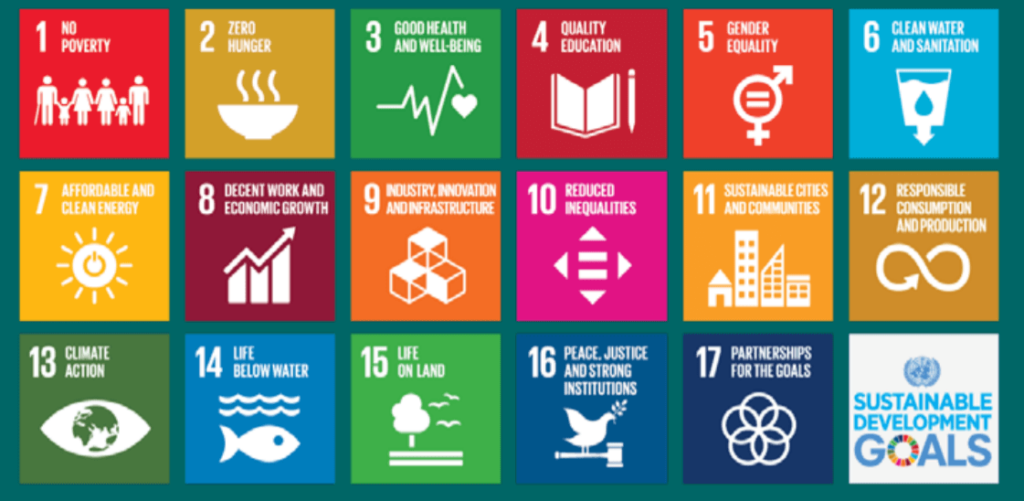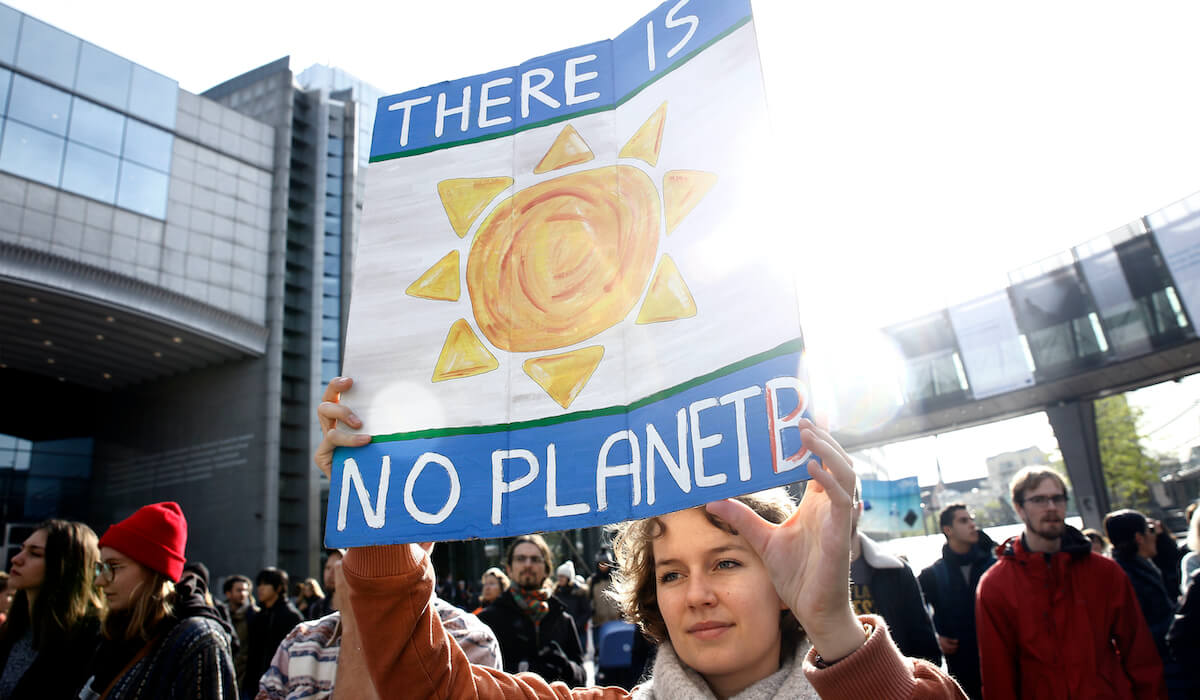On a trip home from Dresden, Germany, my plane was delayed by fog. A fellow analyst and I just missed our connection to San Francisco in Munich. Lufthansa was very accommodating and shipped us to Paris where we spent the night, and the next day caught our respective flights to San Francisco. As a result, our greeting when we meet is “we will always have Paris”. With the adoption of the Paris Climate Agreement in 2016, the world will now always have Paris. However, the semiconductor industry was active in sustainability prior to the event.
Around the 2012-time frame, semiconductor and semiconductor equipment companies started to adopt sustainability practices. Most companies are now basing their sustainability goals or corporate social responsibility goals upon the United Nations Sustainable Development goals, of which climate action is goal number 13 (Figure 1).

The Paris Agreement States…
“The Paris Agreement’s central aim is to strengthen the global response to the threat of climate change by keeping a global temperature rise this century well below two degrees Celsius above pre-industrial levels and to pursue efforts to limit the temperature increase even further to 1.5 degrees Celsius. Additionally, the agreement aims to increase the ability of countries to deal with the impacts of climate change, and at making finance flows consistent with low GHG emissions and climate-resilient pathway.”
Countries that signed off on the agreement committed to reducing CO2 emissions, as well as help funding projects to assist developing nations to reduce their carbon footprint. To the majority of us, this means the reduction of greenhouse gasses to hopefully help stem the rise in temperatures that has been taking place over the past 100 some years. The current political angst, besides whether or not the USA will rejoin the agreement under President Biden’s administration, is whether or not China should be considered a developing country, and the fact that while countries that are considered developed need to be reducing their CO2 output, emerging countries, including China have until 2030 to peak their CO2 emissions. And based upon various media comments they intend to keep to that plan.
The Scopes of Climate Emissions
Now, back to what the semiconductor industry is doing. But before diving in too deep, a few definitions might help. Climate Emissions are defined as Scope 1, Scope 2, and Scope 3 (Figure 2).

Scope 1 emissions are those that are generated or released directly on site. Emissions from a gas, coal or oil heater, company-owned cars, or air conditioner. In the semiconductor world, these would include greenhouse process gasses that are released into the atmosphere, and emissions from the abatement systems used to reduce process emissions. These emissions are all measured and reported on an annual basis.
Scope 2 emissions are those generated off-site, such as emissions from a power plant, or if steam for manufacturing is generated and transported in from off-site. This set of emissions and energy is pretty easily measured as it is the energy generated for operations from off-site.
Scope 3 is the most difficult to measure and reduce. This includes emissions from travel, employees commuting, energy transmission, and distribution losses. Contracted waste disposal, contracted wastewater. However, there is more. Shipping of product, manufacturing of product by third parties, which for semiconductor equipment companies would include the manufacturing of steel and aluminum. Travel for management, sales, and field services would also be included in Scope 3. Scope 3 emissions have the largest impact on a company’s emissions and are the most difficult to measure. This is likely the reason we have seen multiple postings of scope 1 and 2 programs, but for the most part very limited plans on how to address scope 3 emissions.
The GHGP gives technical guidance on how to calculate greenhouse gas emissions. Scope 3 can be the most difficult to measure, and typically make the most significant contribution to a company’s carbon footprint.
Scope 3 emissions are impacted significantly by a company’s supply chain. Intel has been very active in getting its supply chain on board. Intel had set a goal in 2012 of by 2019 having 90% of their suppliers participating in Intel’s sustainability program. Four of Intel’s largest suppliers, ASML, Applied Materials, Lam Research, and TEL all have strong sustainability programs and are working with their supply chains to further reduce CO2 emissions.
Adoption of AR/VR Field Service
In May, I published on the future of field service, and how COVID-19 would likely play a role in dictating its future. Having spent a great deal of time working in the internet of things (IoT) space, I was familiar with how some companies outside of the semiconductor world were moving forward with augmented and virtual reality (AR/VR) for field service. SPTS Technologies/KLA was gracious enough to provide an interview on the topic of the new world of field service. SPTS had worked some with AR/VR at that time but had not fully implemented the technology. Shortly afterward, I read this article in which ASML talks about using AR/VR to help solve a problem in Taiwan. I had requested an interview with Lam Research on the topic, and they declined; however, at Semicon West, Tim Archer, in his presentation, mentioned how Lam had incorporated AR/VR into their field service plans as a result of COVID-19, but also as a way to help reduce scope 3 emissions.
COVID-19 has significantly reduced overseas travel for the semiconductor industry. Operations meetings are held by video conference, field service support moved more to virtual assistance, sales and marketing is either performed locally or by video conference. As a result of the reduced travel, semiconductor companies should have a good idea of the baseline for travel emissions in the future.
Scope 2 emissions are low-hanging fruit for semiconductor and semiconductor equipment companies. Intel, and TSMC both have significant contracts for renewable power. Intel is currently at 71% green power with plans to continue to have the U.S. at 100% green power and to increase renewable usage at international sites. TSMC’s sustainable goal for 2030 is to supply 25% of the power consumed by its fabrication plants from renewable energy, and 100% for other facilities’ power consumption. Applied Materials is moving to 100% renewable by 2022 in the United States, and 100% internationally by 2030. In its 2020 CSR, Lam Research reported it is currently at 33% renewable energy use in the USA and at 35% globally.
In Scope 1, semiconductor and equipment companies are looking at how to improve a facility’s energy consumption and emissions. There is a growing focus on energy conservation and how to improve process emissions.
On the surface, it is impressive at how the semiconductor industry has a strong focus on sustainable development goals. Now it is up to chip and system designers to determine how to get compute systems to reduce the amount of energy they use in the future.



















